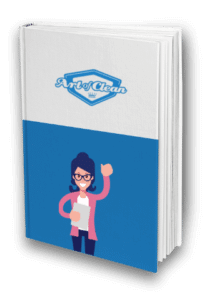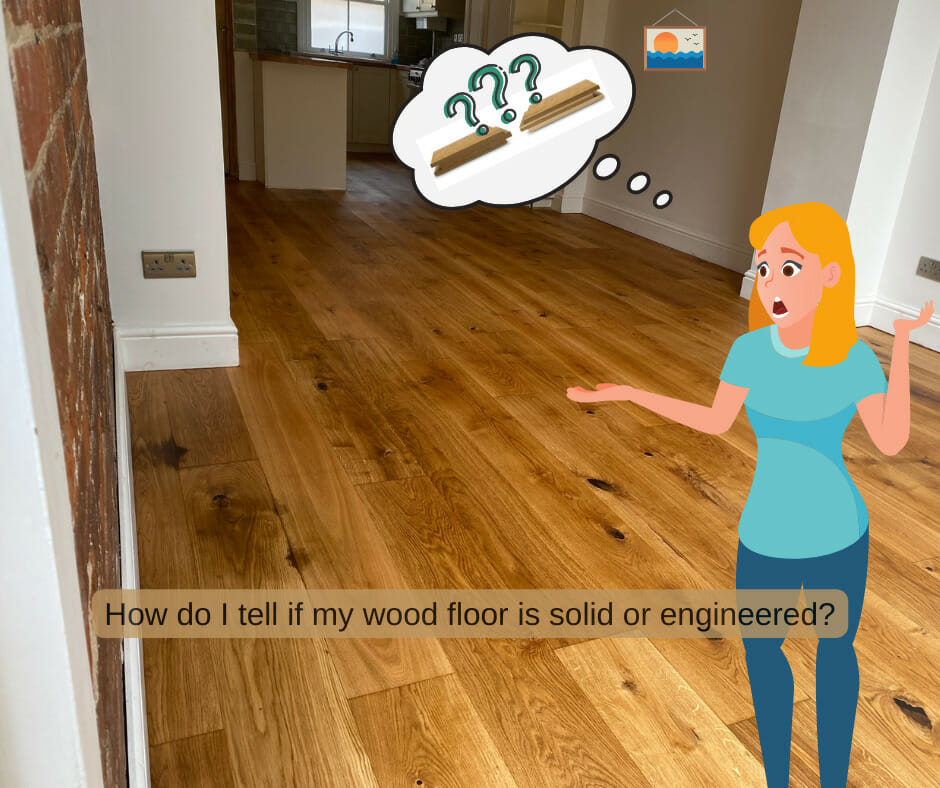Wooden floors add warmth & character to any home. But when it comes to maintenance, repair, or choosing the right type of wood for your flooring, it’s essential to know whether you have solid or engineered wood.
In this blog, we’ll explore the key differences between these two types of wood flooring, helping you make informed decisions for your home.
Solid Wood Flooring: A Time-Tested Classic
Let’s start by discussing solid wood flooring. As the name suggests, this type of flooring is crafted entirely from solid wood, with the same timber extending from the top to the bottom of each plank. This characteristic is what defines a solid wood floor.
When you closely examine a solid wood floor, you’ll notice that the individual planks lock into each other via a tongue and groove system. This design creates a sturdy and stable surface. However, it’s important to note that even solid wood floors have their limitations when it comes to sanding and refinishing.
Over time, as you sand a solid wood floor to restore its appearance, you’ll wear down the surface. The tongue and groove locking system will determine how much sanding you can do before reaching the plywood beneath the surface. If you sand too much, you risk breaking through to the tongue and weakening the plank. So, despite being solid wood, these floors also have a lifespan.
Engineered Wood Flooring: A Modern Solution
On the other hand, they have designed engineered wood flooring with a different approach. It consists of a top layer, which is real wood (such as oak), and multiple layers of high-quality plywood beneath it. This layered construction provides enhanced stability, making it an excellent choice for environments where moisture levels fluctuate, such as over-radiant floor heating systems.
Much like solid wood floors, engineered wood floors feature a tongue & groove locking system that ensures a secure fit. While engineered wood might not have the same thickness as solid wood, it offers a significant advantage in terms of durability & resistance to moisture-induced movement.
How to Tell the Difference:
Now, you might be wondering how to distinguish between solid wood and engineered wood in your home. The age of your flooring can be a clue, but it’s not a definitive indicator. While older floors from the 1960s and 1970s are more likely to be solid wood, modern solid wood floors are still widely available.
A more accurate way to identify your flooring type is to examine the side of a floorboard. If you see distinct layers with the same wood running from top to bottom, it’s solid wood. In contrast, engineered wood will reveal layers with a top wood layer and plywood beneath it.
Another method is to look around threshold areas or where radiator pipes penetrate the floor. By examining the exposed edges, you can often determine whether the wood extends all the way through or if it has layers indicative of engineered wood.
Choosing the Right Flooring for You!
When it comes to choosing between solid & engineered wood flooring, consider your specific needs and budget. If you live in an environment with fluctuating humidity levels, engineered wood is often the more practical choice due to its stability. However, if you’re drawn to the timeless appeal of solid wood and can accommodate its maintenance requirements, it can be a fantastic addition to your home.
In conclusion, understanding the difference between solid wood and engineered wood flooring is crucial for proper maintenance and decision-making. Both options offer their unique benefits, and ultimately, the choice comes down to your own preferences and the specific needs of your home. So, whether you have a classic solid wood floor or a modern engineered wood surface, you can enjoy the natural beauty and warmth that wood flooring brings to your living space.
This video outlines everything in this blog:
Download our eBook…
To learn more about caring for your wood floor!

Written by Tracey Gilbey, Marketing
For further advice or information on our Carpet and Soft Furnishing care, please don’t hesitate to contact the Art of Clean team on 01223 901549 in Cambridge. Our services include Carpet Cleaning, Upholstery Cleaning, oriental and area Rug Cleaning, Curtain Cleaning, Patio and Driveway Pressure washing, Leather Cleaning, Stone and Tile Floor Cleaning and Wood Floor Sanding and Restoration. We also supply new flooring and carpets through our sister company Art of Flooring. Farthings Cambridge provides our Dry Cleaning service.


